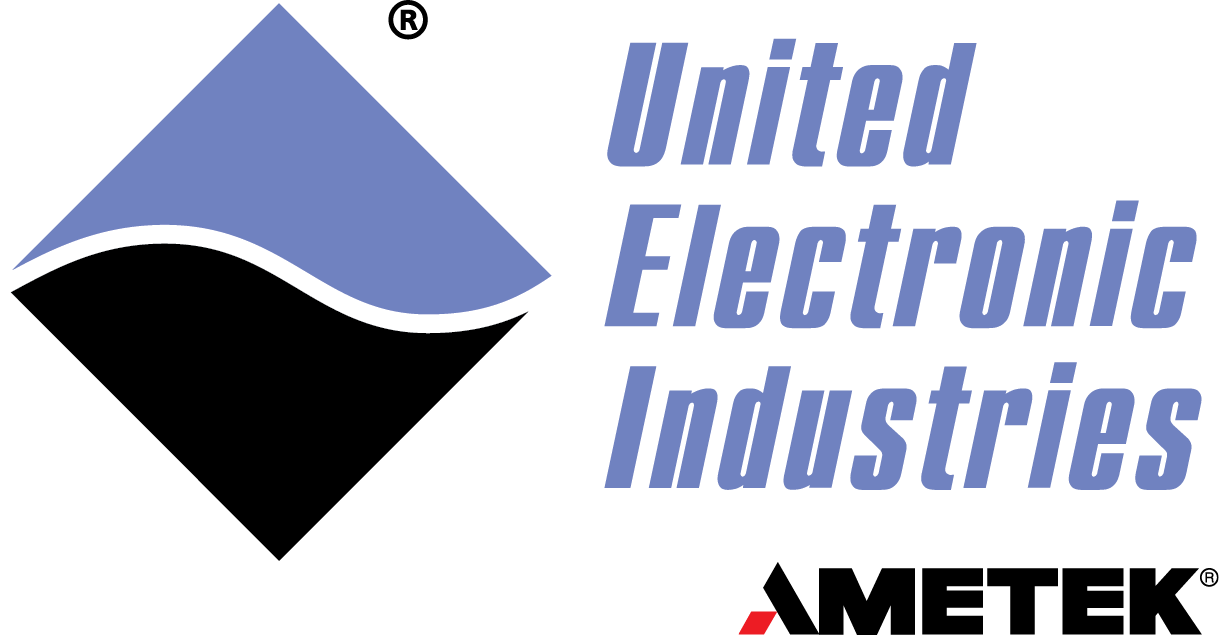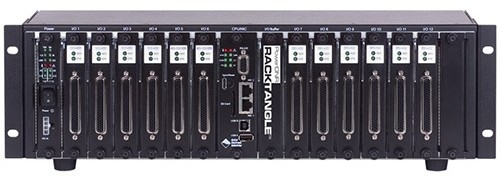 DMC engaged with this customer through our collaborative partnership with United Electronic Industries (UEI) to design and fabricate two HIL systems for different rocket subsystems to support the customer’s flight control software testing needs. To deliver a cost-effective solution, DMC leveraged a modular signal emulation design with a standalone set of shared test equipment, minimizing non-recurring engineering costs and capital expenditures.
DMC engaged with this customer through our collaborative partnership with United Electronic Industries (UEI) to design and fabricate two HIL systems for different rocket subsystems to support the customer’s flight control software testing needs. To deliver a cost-effective solution, DMC leveraged a modular signal emulation design with a standalone set of shared test equipment, minimizing non-recurring engineering costs and capital expenditures.
Modular Signal Emulation Hardware
The customer had 15+ signal types that they needed to emulate to fully validate their control software. DMC was able to develop a modular signal emulation system based on UEI hardware which allowed each signal type to be composed into different HIL configurations based on the client’s requirements.

Shared Test Equipment
A common practice at DMC when designing test systems is to include the capability to perform a self-checkout of the system. This provides a way to perform automated periodic checkout of a system throughout its lifespan. For this customer, DMC was asked to fabricate two systems, both of which needed to have the capability for automated check-out.
To reduce capital expenditures, DMC designed a set of Shared Test Equipment which was capable of automatically testing both HIL systems, while also maintaining the option for signal count expansion.
DMC developed a RESTful API for the Shared Test Equipment to enable automated control by the customer’s existing test executive software.
Conclusion
DMC was able to design and fabricate modular Hardware-in-the-Loop systems that were able to meet the customer’s evolving requirement and maintain flexibility for increasing signal counts in each HIL system.
Learn more about DMC’s Aerospace and Defense expertise and contact us for your next project.